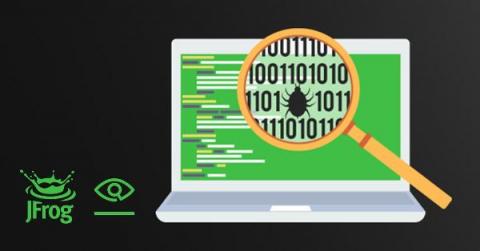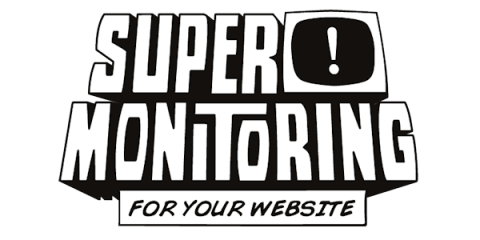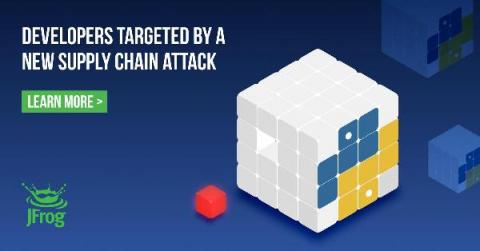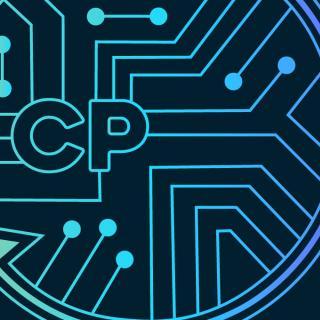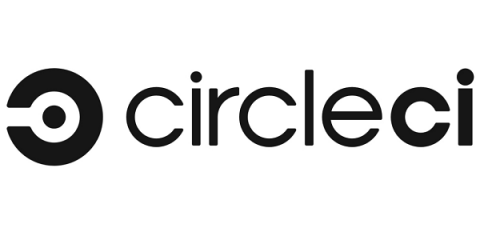Operations | Monitoring | ITSM | DevOps | Cloud
CI CD
The latest News and Information on Continuous Integration and Development, and related technologies.
9 Useful Tools for Software Development
Being a software developer is an amazing job with a growing job field ensuring there is great security and need in the market. But, with a great job that is highly skilled comes the demand of having a high understanding of the tools and languages needed to properly develop software efficiently.
How to Use Cargo Repositories in Artifactory
JFrog detects malicious PyPI packages stealing credit cards and injecting code
Getting Started with Continuous Packaging
Continuous Packaging (CP) is a term that we use a lot at Cloudsmith, and it is one that we think will become a cornerstone in a secure software development process.
Businesses Risk up to £92m Lost Revenue with Ineffective Software Delivery
JFrog and Vdoo: Better Together
Monitor your CI pipelines and tests with Datadog CI Visibility
Datadog CI Visibility, now available in beta, provides critical visibility into your organization’s CI/CD workflows. CI Visibility complements Datadog’s turn-key CI provider integrations and the integration of synthetic tests in CI pipelines to give you deep insight into key pipeline metrics and help you identify issues with your builds and testing.


